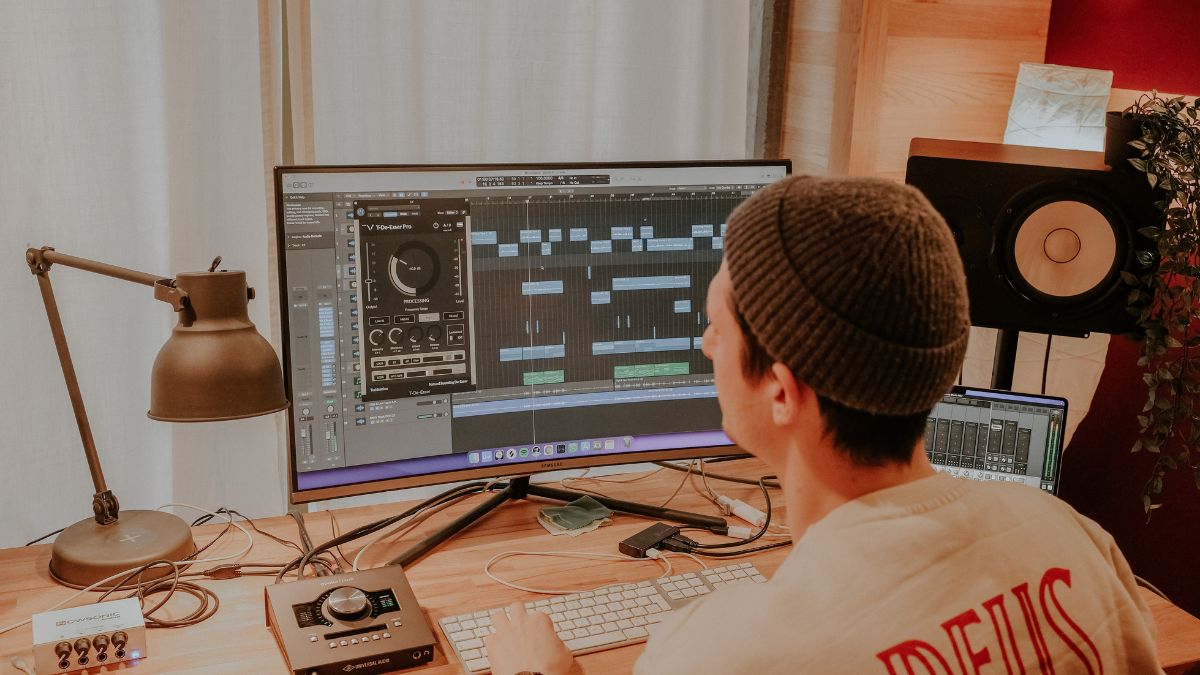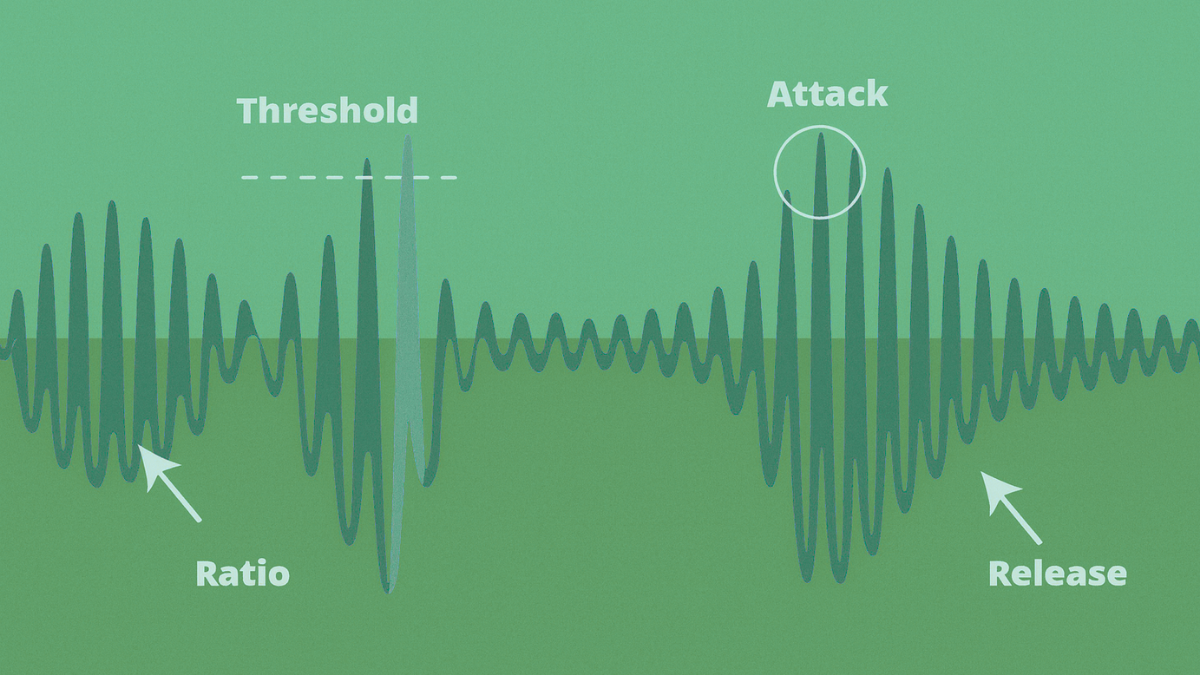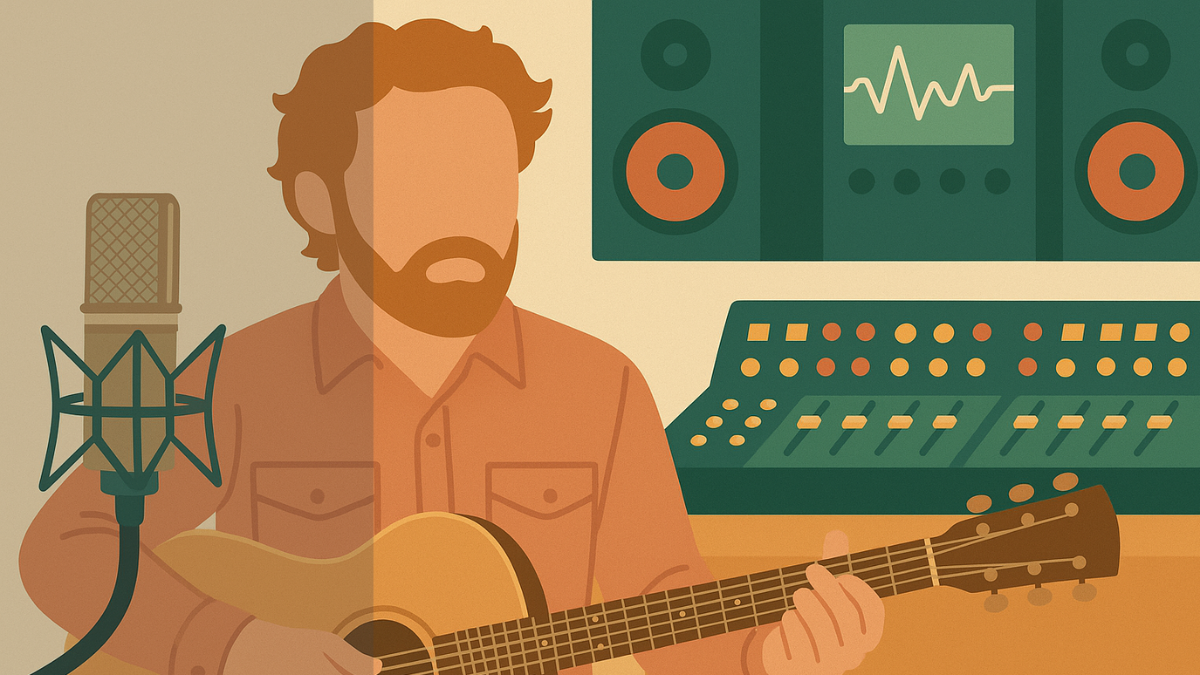EQ Ear Training: The Secret Weapon to Leveling Up Your Mixes

How accurately can you hear your mixes? EQing is often the hardest element of a mix to get right, and as a mix engineer, it is vital that you can pinpoint problem frequencies and know how to fix them.
The fastest way to reach a professional standard in this regard is through ear training. Soundgym's EQ Playground is the perfect place to develop these listening skills, and we explain why below.
1. Learn Where To Use High And Low Pass Filters – Carefully
High and low pass filters can be incredibly useful for clearing unwanted frequencies out of a mix, but it is important to be careful with them not to lose important harmonic content.
For example, you can probably clear out everything below 60Hz on a vocal without any problems; that will ensure that things like microphone rumble are removed and that these unwanted sounds won't clutter the low end of your mix.
However, as you push the frequency of your filter higher, you have to be careful not to start to lose the rich low frequencies that are present even in a higher-pitched voice.
EQ ear training will help you with this process by pushing you to use high- and low-pass filters again and again. You will start to understand exactly how these tools affect harmonic content and will be able to quickly make the right calls when mixing.
2. Become Skilled At Identifying Troublesome Resonances
Many musical parts feature unpleasant resonances that need to be dealt with using a notch EQ.
For example, a singer's voice might resonate too much on certain notes due to the room they record in. Dealing with these resonances is a vital part of smoothing out a mix. The trick is identifying exactly where they lie.
Ear training is particularly helpful here as, again and again, you are asked to identify the exact frequency at which a signal is being boosted.
This is exactly how you pinpoint an offending resonance – and once you've figured out where it sits on the frequency spectrum, it is a simple job to attenuate it.
3. Practice Fixing Mix Balance Issues
As well as identifying problems with specific instruments, we often need to figure out if our mixes have wider issues too. Is this mix too boomy? Too harsh? Too thin? How are these problems fixed with EQ? Once again, the SoundGym EQ Trainer is designed to help you learn how to solve all of these issues.
The more training you do, the more quickly you will be able to identify what causes a mix to be boomy, harsh, or thin – and as you discover the EQ settings that lead to these problems, you will learn to mitigate them in your own mixes.
The bottom line is that the more adept you are at identifying exact frequencies just by listening, the faster and more accurate your EQing will become, and that is an excellent route toward creating better mixes in less time.
How To Hear EQ
If you are new to actively listening for changes in EQ, then you might need some pointers to get started. Once you know what to look out for you can begin the process of training your ears. Over time your perception of EQ changes will get faster and more accurate.
How to hear high and low pass filters
High and low pass filters are dramatic EQ types that cut all frequencies above or below a chosen frequency. High pass filters will cut frequencies below a certain frequency (they let high frequencies past). Low pass filters do the opposite, cutting all frequencies above a certain point.
So how can you hear when one of these filters is in use?
The first thing to listen out for is whether a sound source seems either thin or muffled and dull. If a sound seems very thin then it’s possible that a high pass filter is being used.
A dull or muffled sound could be caused by a low pass filter. OK, so you’ve identified that a sound is thin - now listen more carefully; can you make out any bass frequencies at all?
If so, perhaps a low shelf is being used rather than a high pass filter (more on these below). If you can’t detect any low frequencies below a certain point then you are probably listening to a high pass filtered sound.
Apply this process in reverse when trying to detect a low pass filter; are there any high frequencies at all present in the sound you are listening to?
There are times in music performance when you might hear a high or low pass filter in action. If you’re familiar with the sound of DJs using filter sweeps, these are often performed with a high or low pass filter to achieve different effects.
How to hear high and low shelves
Slightly more subtle than high and low pass filters, low shelves can be used to cut frequencies above or below a certain point. However, rather than cutting all frequencies (like a pass filter), shelves will reduce them by an amount set by the user. With an extreme setting they can sound very similar to pass filters, but they can also be used to gently tweak a sound.
One major difference between shelves and pass filters is that shelves can also be used to boost frequencies.
So how can you hear if a shelf is in use?
If a shelf is being used to cut frequencies then you can look for a similar effect to those mentioned above; a thinner or duller sound can indicate a low or high shelf respectively.
However, as these shelves are used to attenuate (turn down) rather than completely remove a set of frequencies, you should be able to still hear some bass sneaking through when a low shelf is in use and some high frequencies sneaking through when a high shelf is in use.
If a shelf is being used to boost high frequencies, then the sound source will become brighter – are you noticing more of those crispy high frequencies? A boost from a low shelf can add some boominess to a sound source.
As all frequencies below a certain point will be boosted, the bottom end is unlikely to sound tight. This kind of indiscriminate boosting right across the low frequencies will make the bottom end louder but is likely to also make it flabbier and less distinct.
How to hear bell EQs
Bell EQs will either cut or boost a specific frequency band. Boosts are normally easier to hear than cuts as certain frequencies become way more prominent and this can lead to muddiness if those are low frequencies, a kind of honking sound in the mids, or harshness in higher frequencies.
If the filter is providing a large boost, then the resulting resonance can be quite unpleasant to listen to.
Cuts are a bit trickier to hear as you are essentially looking for something that isn’t there! Look out for some ‘hollowness’ in the sound; this will probably mean that there is a cut somewhere in the mids.
A cut in the bass will lead to a weaker or thinner sound, while still leaving certain low frequencies intact. A cut in the higher frequencies will lead to a duller sound as with a low pass filter or cut with a high shelf, but once again certain high frequencies will be left intact which can hopefully lead you to differentiating this kind of EQ from the other types.
How to hear bass frequencies
Bass can be particularly difficult to hear accurately, so we’ve got a few extra tips to help you with this tricky part of the frequency spectrum. Firstly, it’s important to listen on the best speakers or headphones you can.
If you’re listening in a room that isn’t acoustically treated, then even if you have good monitor speakers, the room can colour the sound of the bottom end meaning that you are not hearing these frequencies accurately. If that’s the case then listening on studio headphones can be preferable as they take the sound of the room out of the equation.
We can divide the lower end of the frequency spectrum into three sections in order to analyse it better. The sub region sits between 20-60Hz. You almost feel this area more than hear it – it adds power to your bottom end when boosted and can weaken the sound if cut.
The bass region sits between 20-250Hz. This area dictates how fat or thin a sound is, and if it’s boosted too much the music can sound boomy. The low midrange from 250-500Hz can be used to add clarity to bass and lower stringed instruments, but if this area is boosted too much it can sound muddy.



Comments:
Login to comment on this post